Description
SPECIAL CHARACTER OF PALMER MANGO PLANT –
- This is a new emerging variety in mango ( PALMER MANGO PLANT) from Florida and nowadays it is successfully growing in India.
- This is a late cultivar variety of mango, which means it starts ripening between July to September.
- The plant is not too tall or not too dwarf, it is medium in size and fruits are red-purplish in color when ripe.
Palmer Mango is botanically known as Mangifera indica from the Anacardiaceae family. Mango has different names like King of tropical fruits, Ambassador of Indian fruits, Aam, etc., Flowers are produced in terminal panicles, each flower is small and white with five petals with a mild, sweet fragrance. The tropical and subtropical climate is identical for mango growth. The ideal temperature is 26℃-35℃ for optimum growth and yield of mango. Mangoes are a rich source of Vitamin A & C.
MAXIMUM HEIGHT – Upto 3-5 meters, sometimes more or less depending on pot size and place of its location.
BLOOMING YEAR – In South India starts from March and in North India starts from May to June. It takes 100-150 days from flower to fruit development.
Some Points to know more about the Mango Palmer Plant
FRUITING TIME– Edible fruiting will start after 1.5-2 years after purchase. It starts from July to September.
GROWING TIPS – It grows best in moist, tropical, and subtropical climates.
- If you want to grow in a pot then a minimum of 25*25 inches of length & width and maximum size depends on you.
- You can plant at any time of the year, but the most preferable time is June to July in low rainfall areas and October to November in high rainfall areas.
- It grows well in all soils but it shows good results in well-drained soils with an Ideal pH range is from 6.5 to 8.
- Manures and fertilizers should be applied 2 months before the flowering seasons. Fertilizers are applied 45 to 90 cm away from the trunk.
- No watering is done 30 days before harvest.
- Mango trees need higher doses of nitrogen when young, but after they begin to bear fruit, they need less. At that time, they need higher doses of phosphorus and potassium, which promote flowering and fruiting.
- Use a commercial organic fertilizer with a high percentage of potassium, such as 5-8-10, for fruit-bearing trees, or apply these nutrients with organic materials. Compost is a good organic source of both phosphorus and potassium. You can also use rock phosphate, guano, blood meal or bone meal to provide phosphorus, and seaweed to provide potassium.
Checkout our more plants and Village organic products:
1. Pure Wild Bee Honey 2. Pure A2 Desi Cow Ghee 3. Indoor Plants 4. Fruits Plants
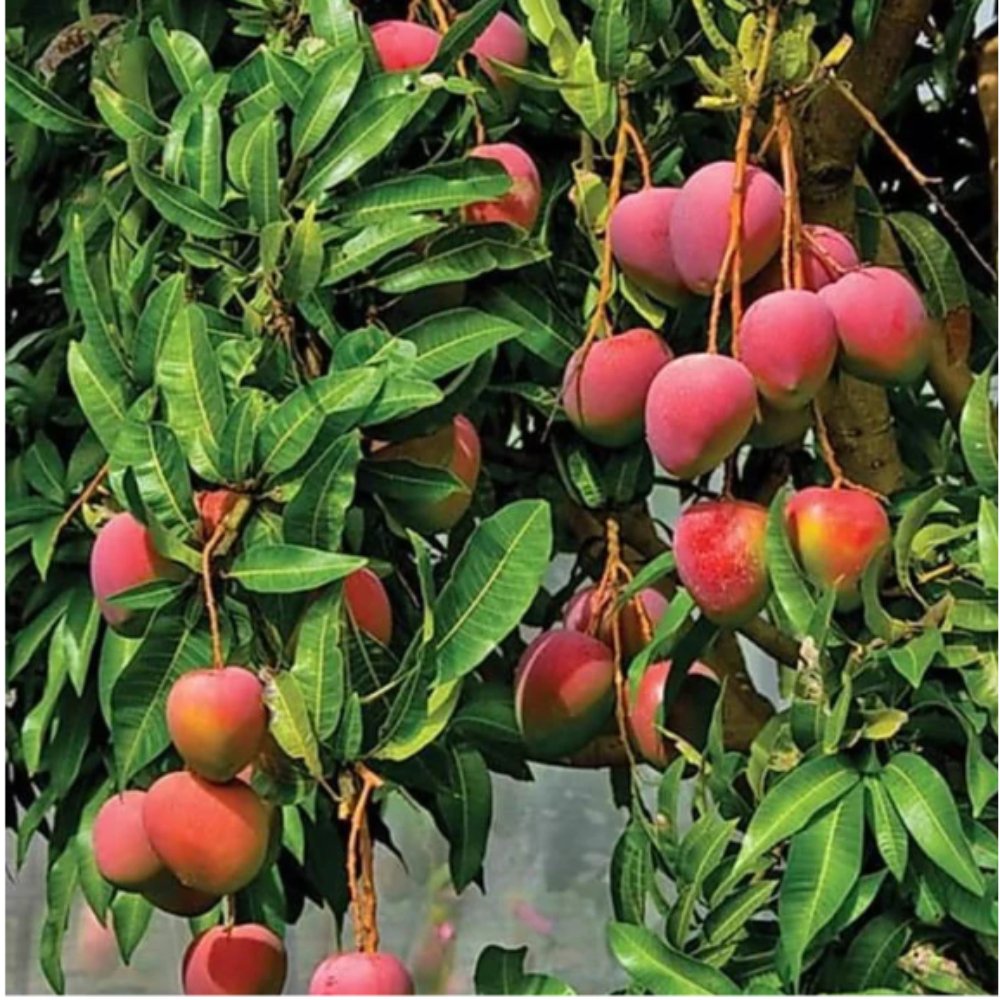
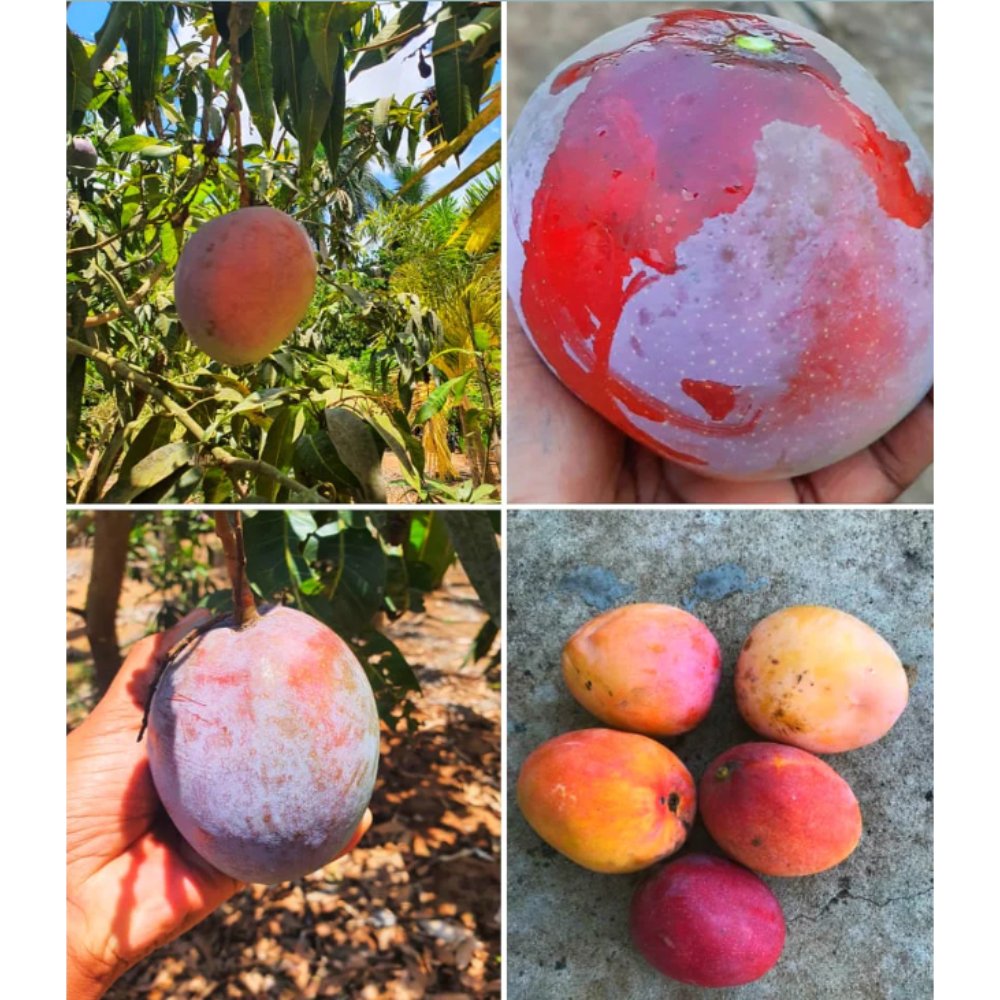
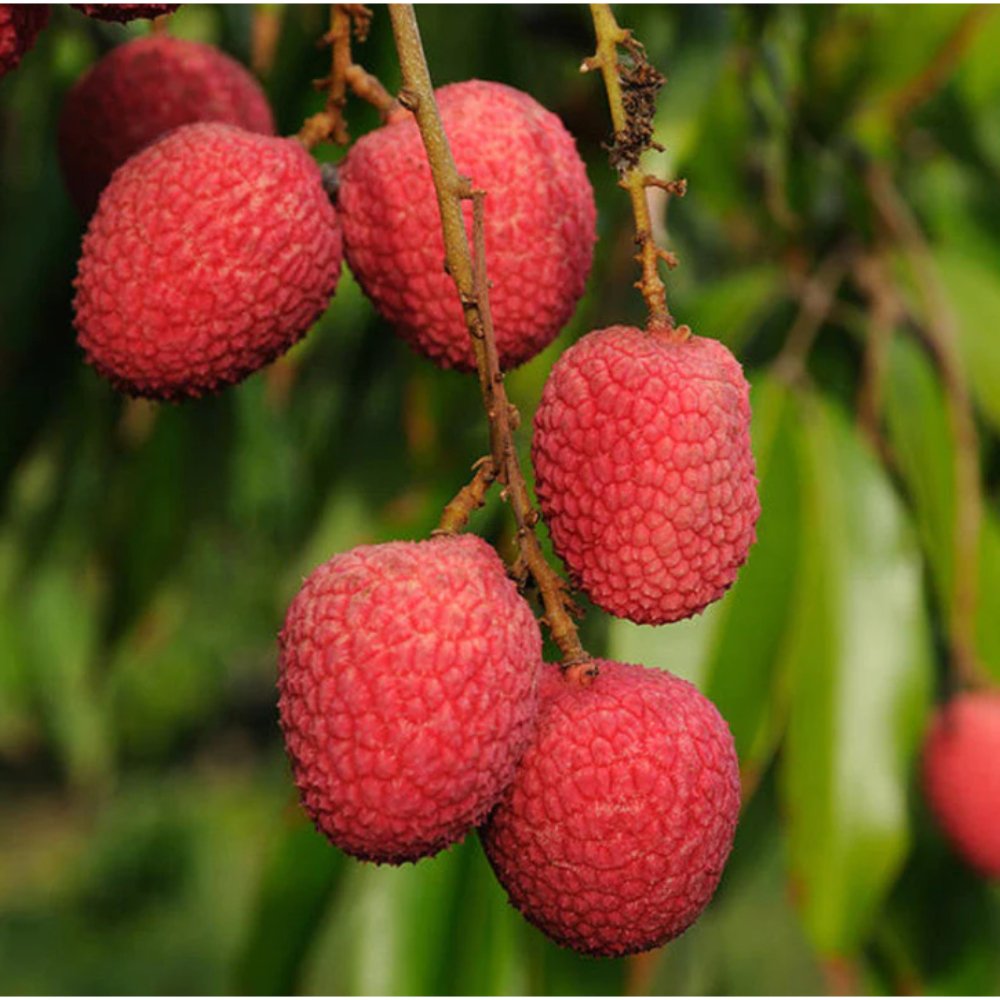
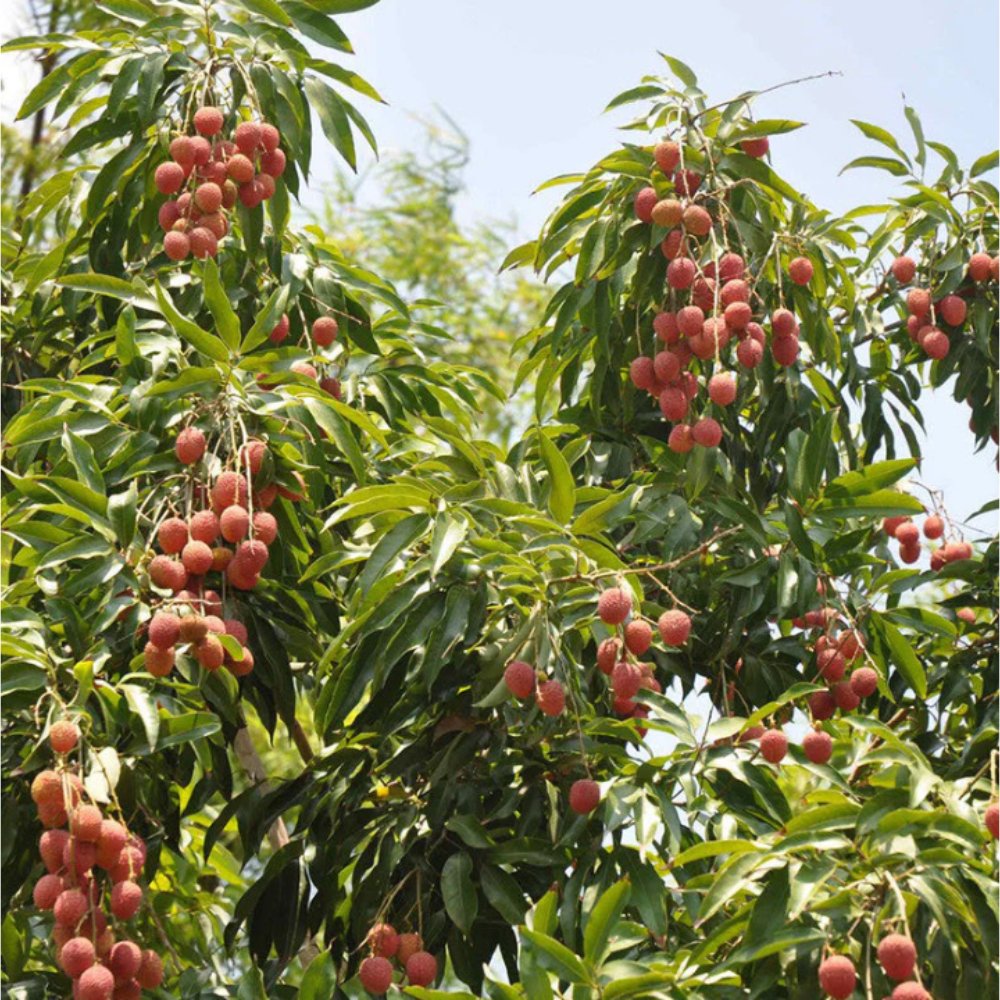
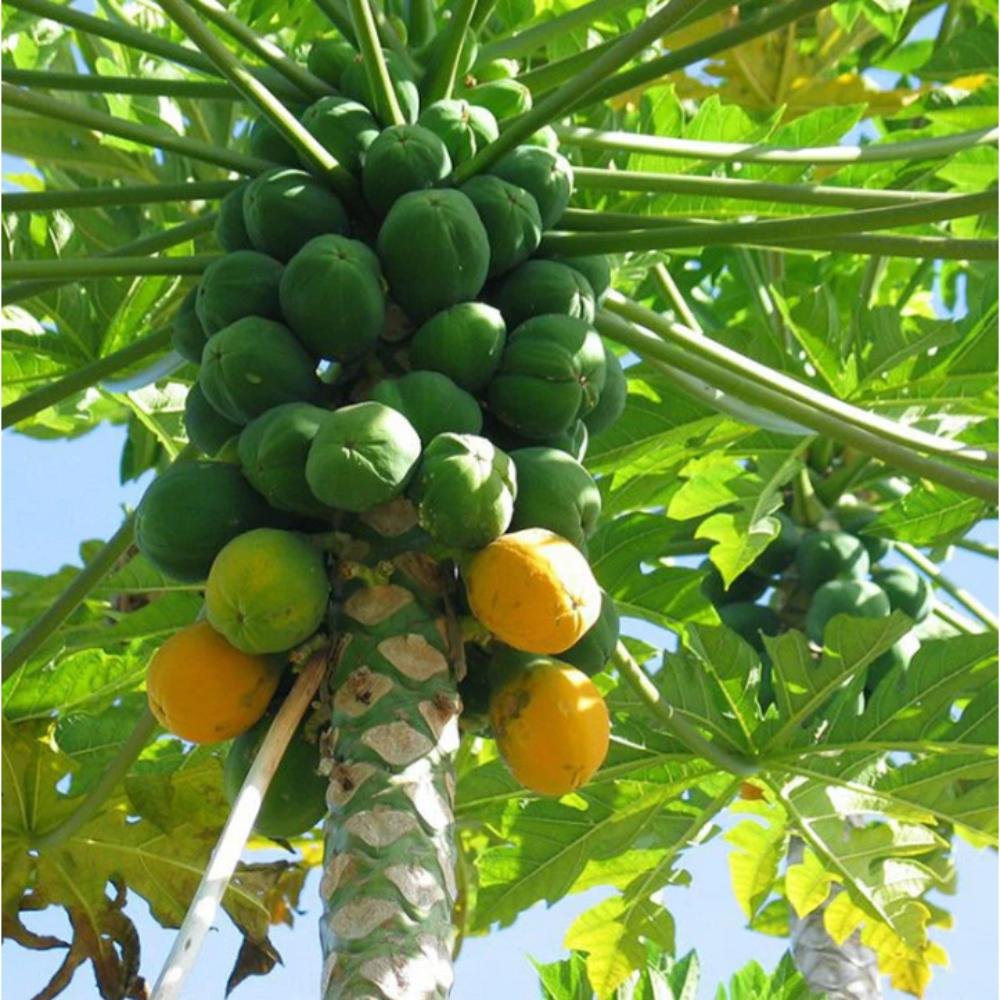
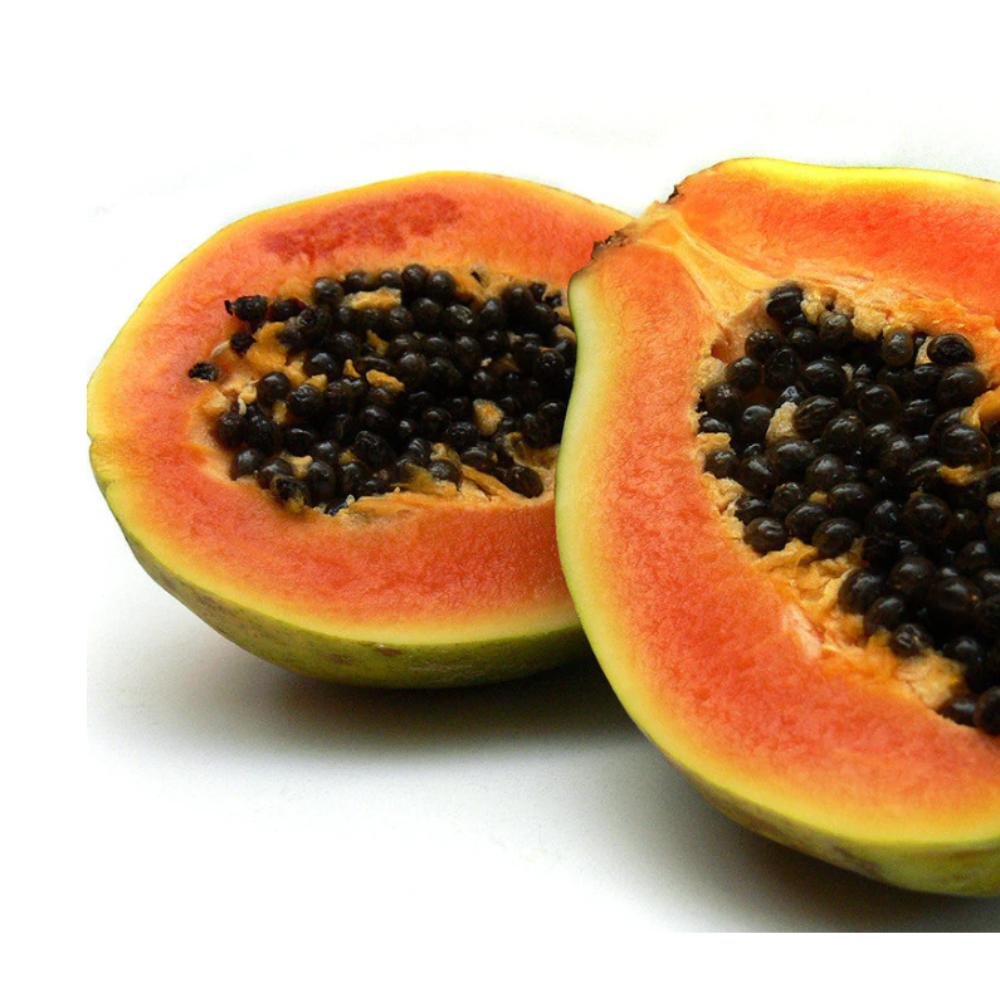
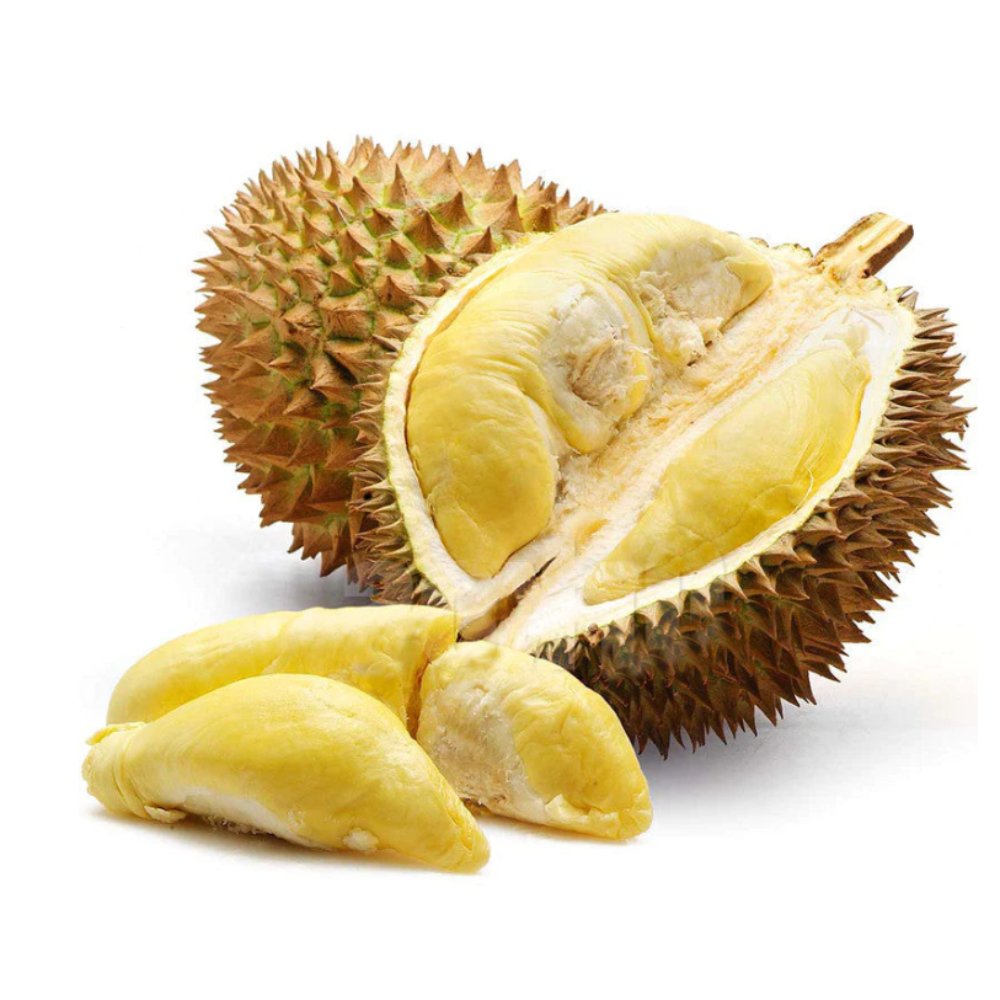
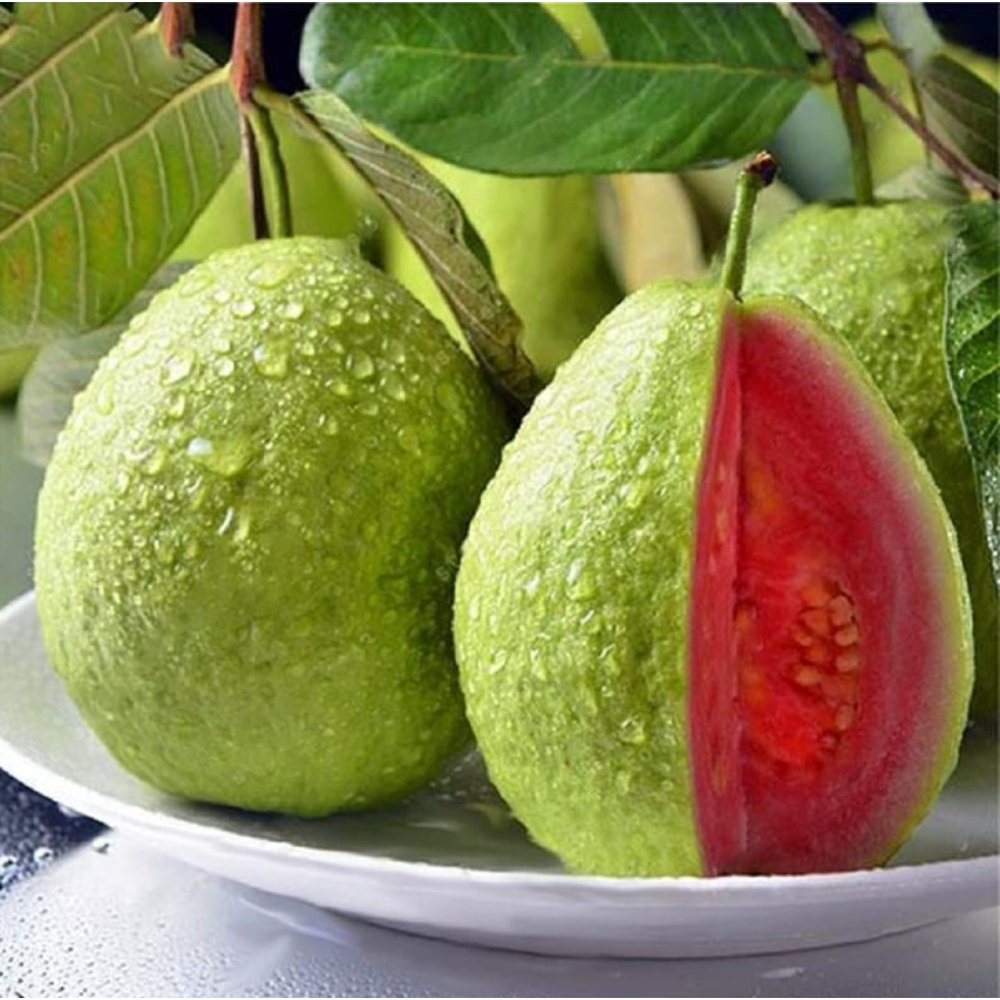
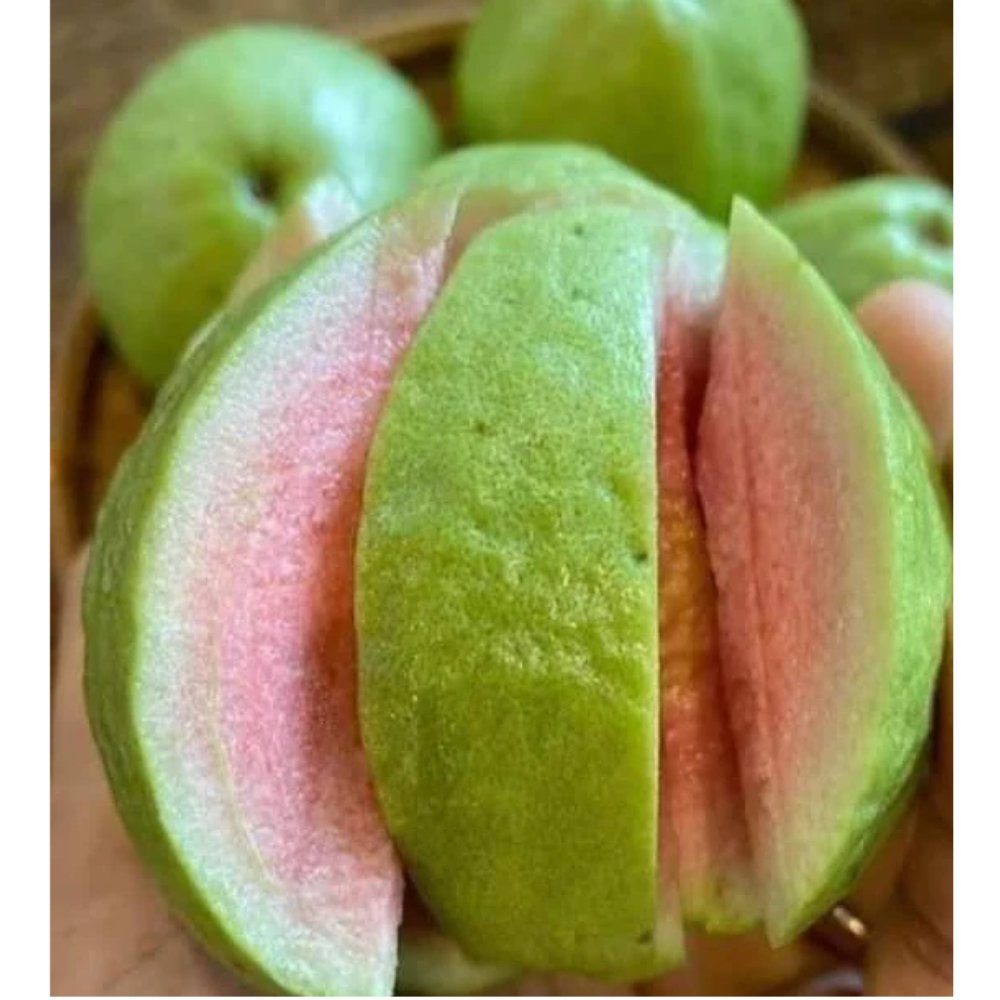
Reviews
There are no reviews yet.